China’s new regulations on religion
Control not by force but by bureaucratic fiat
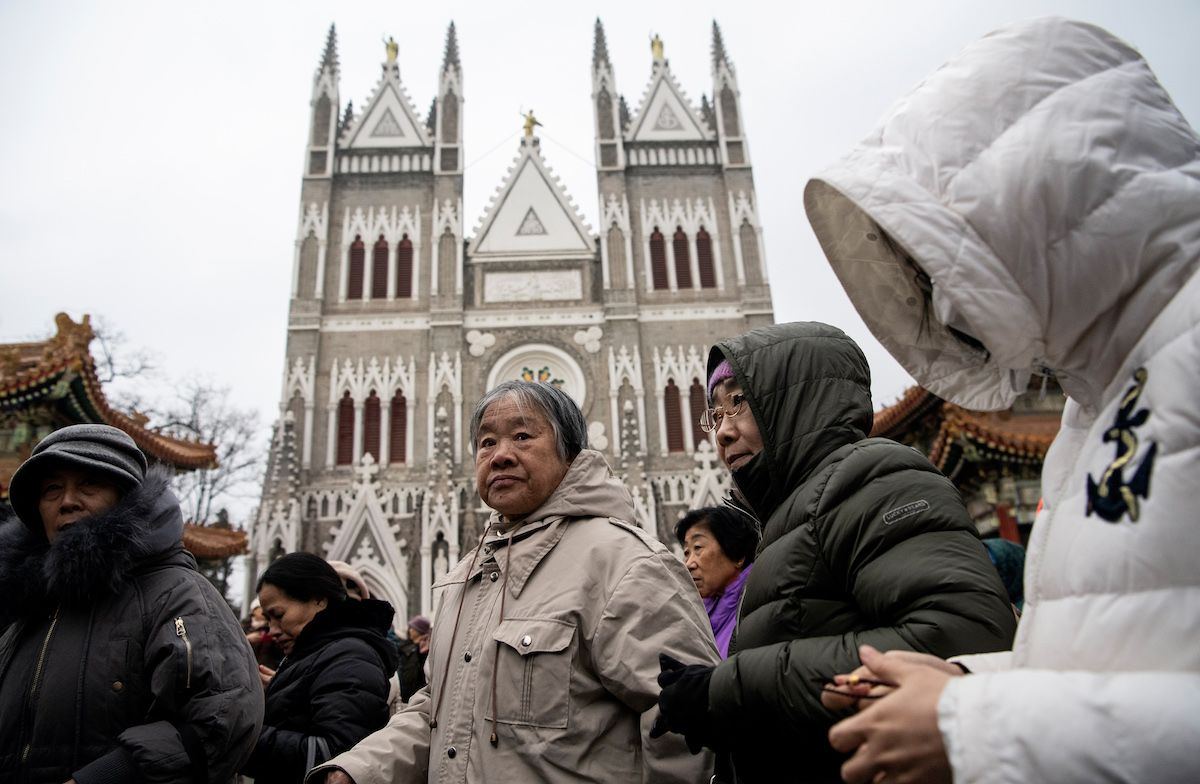
President Xi Jinping’s ever-tightening grip on power illustrate that now ‘control is by administration’
The outbreak of the novel coronavirus and subsequent reportage has shown that making sense of the realities of modern China is a complex enterprise; it is especially the case regarding the question of religious freedom.
Official statements are unlikely to contain the whole picture, be that now in the thick of a crisis or more generally as regards policy matters. Even so, while this does not prevent pontification from party organs like The China Daily and The Global Times, only the most naïve of readers would ever assume that what has been declared to be the case is in fact what is happening on the ground.
There are two main reasons for this.
First, is difficult to aggregate into one comprehensive statement a multitude of diverse local occurrences, as for example descriptions of events within the Tibetan Buddhist communities of Sichuan or among the unofficial Christian churches in coastal Wenzhou.
Second, more often than not local management imperatives and the desire of regional officials to avoid the wrath of the power-brokers in Beijing compel the compilers of local statistics and summaries to produce documents that they think the center wishes to hear rather than provide what the national leaders need to receive.
The virus is a case in point, and the recent apology of Wuhan’s mayor, Zhou Xianwang, regarding the manner in which in early December the local government initially prevented the dissemination of information about the mysterious new illness — because of the imminent arrival of officials for a top-level meeting in January and Zhou’s desire to portray a city well-policed — shows that local concerns do not always get communicated accurately to those at the top.
The difficulty of stitching together local events into an accurate national narrative is very evident in the world of reporting about religious freedom in China, as will become all the more apparent in the next few weeks.
New regulations concerning the management of religious groups will be put into effect throughout the country and are due for implementation on Feb. 1 (although they were released in November 2019). It is highly likely that commentary will simply describe these new measures as a further instance of religious repression in China and will point to the ongoing terrible persecution of Xinjiang’s Muslim Uyghur population as evidence of this. While there is truth in this telling, it is too simplistic to be very helpful — like Mayor Zhou’s desire to avoid problems — and it prevents an understanding of the complexities of religion in China.
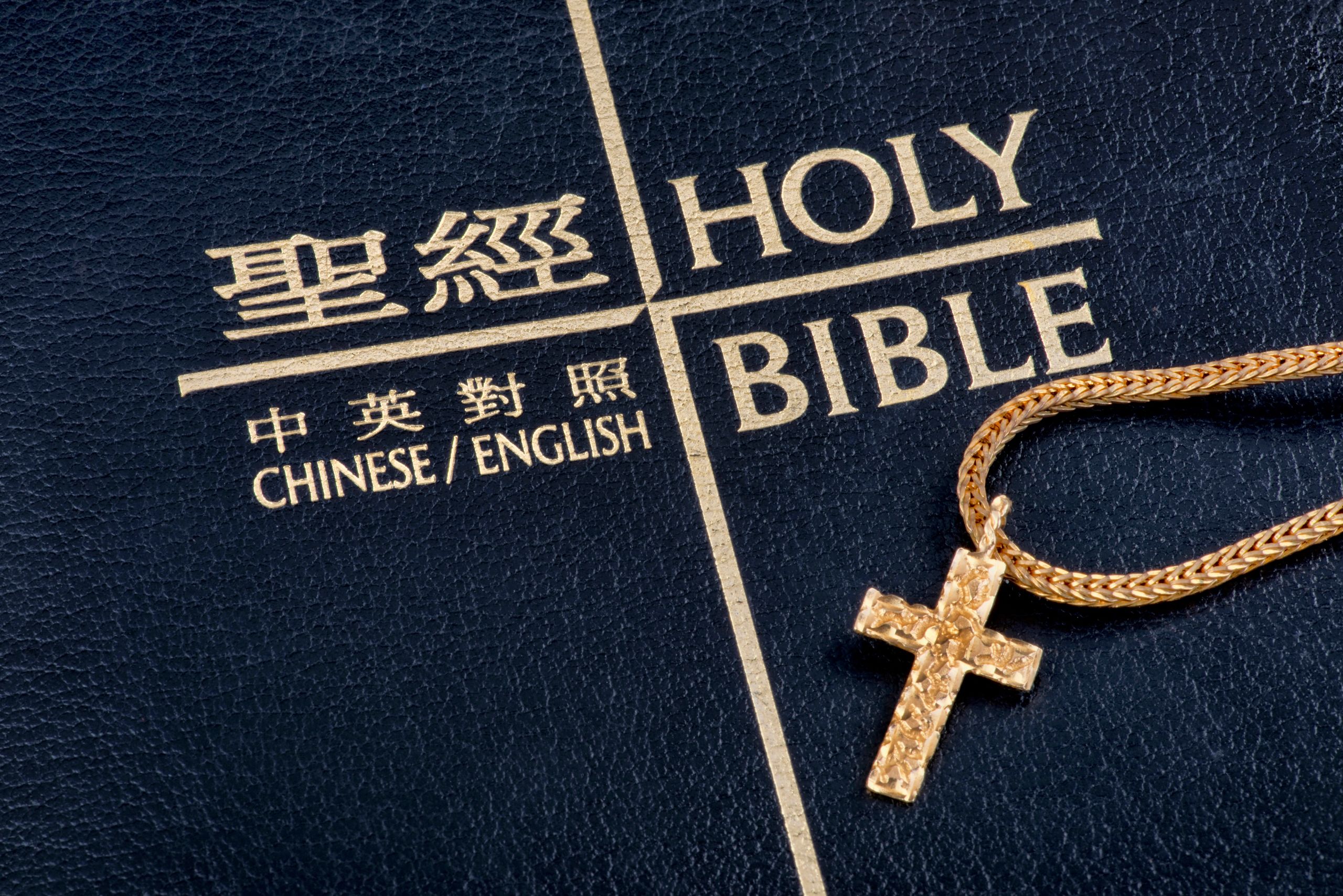
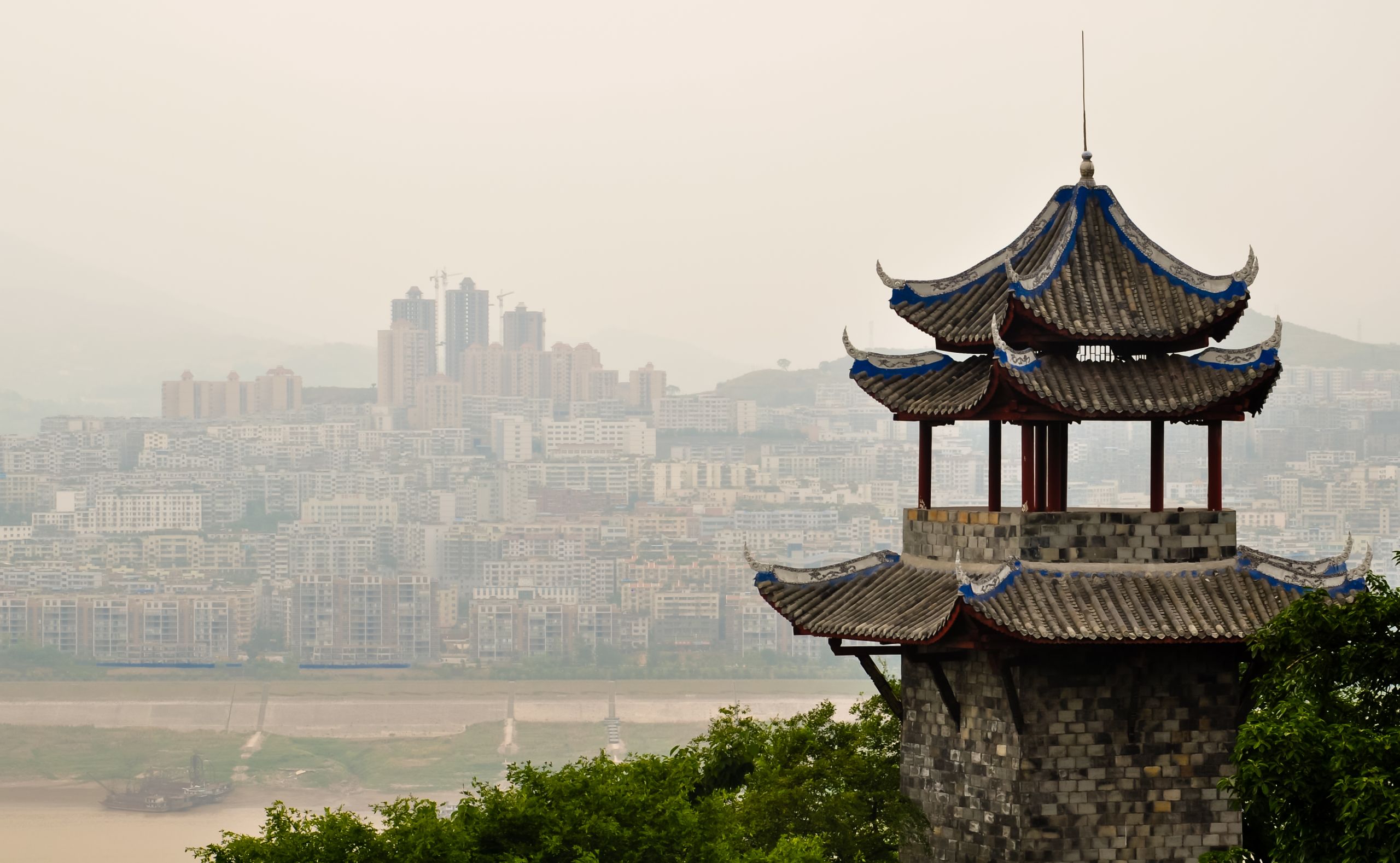
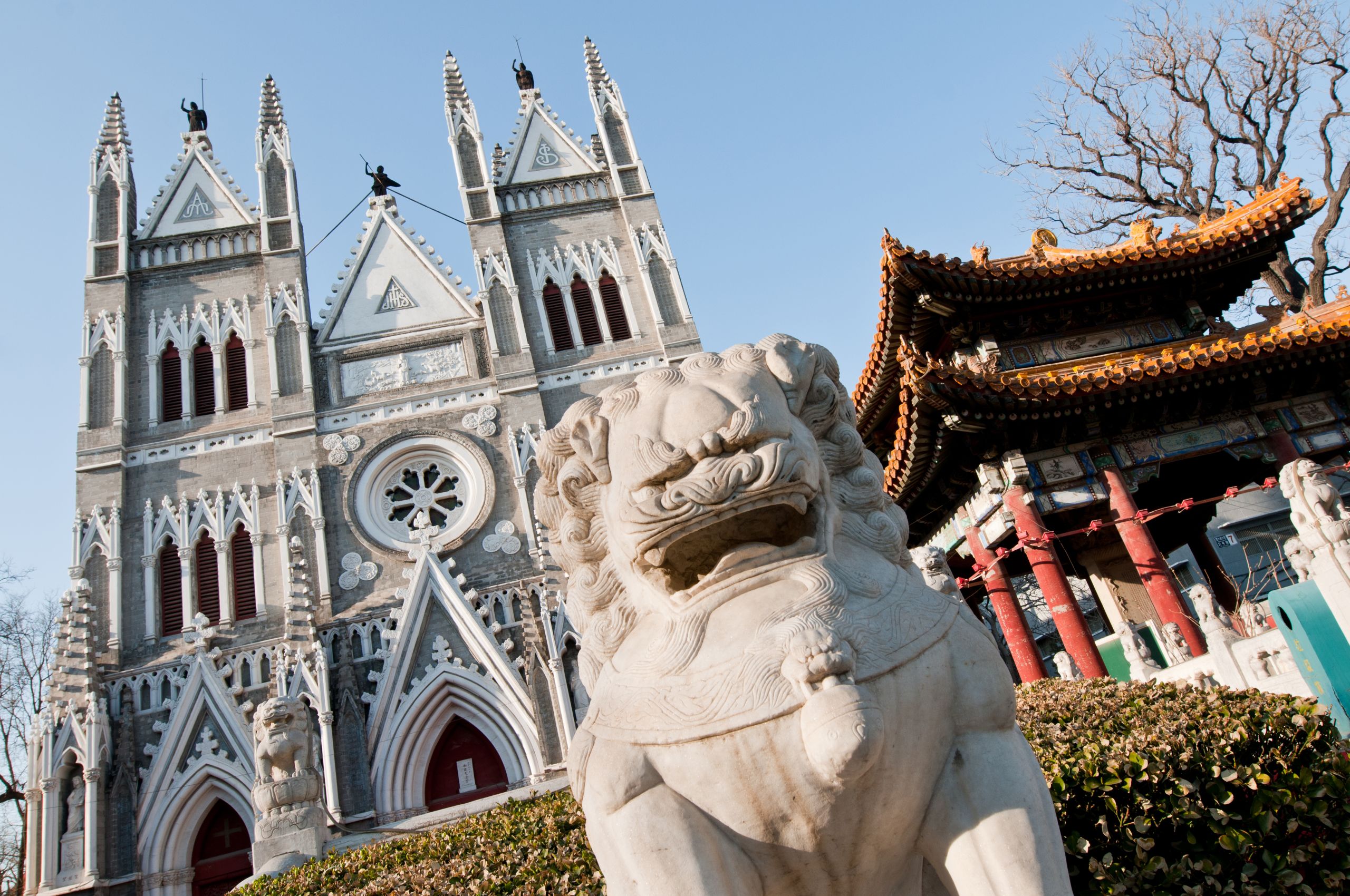
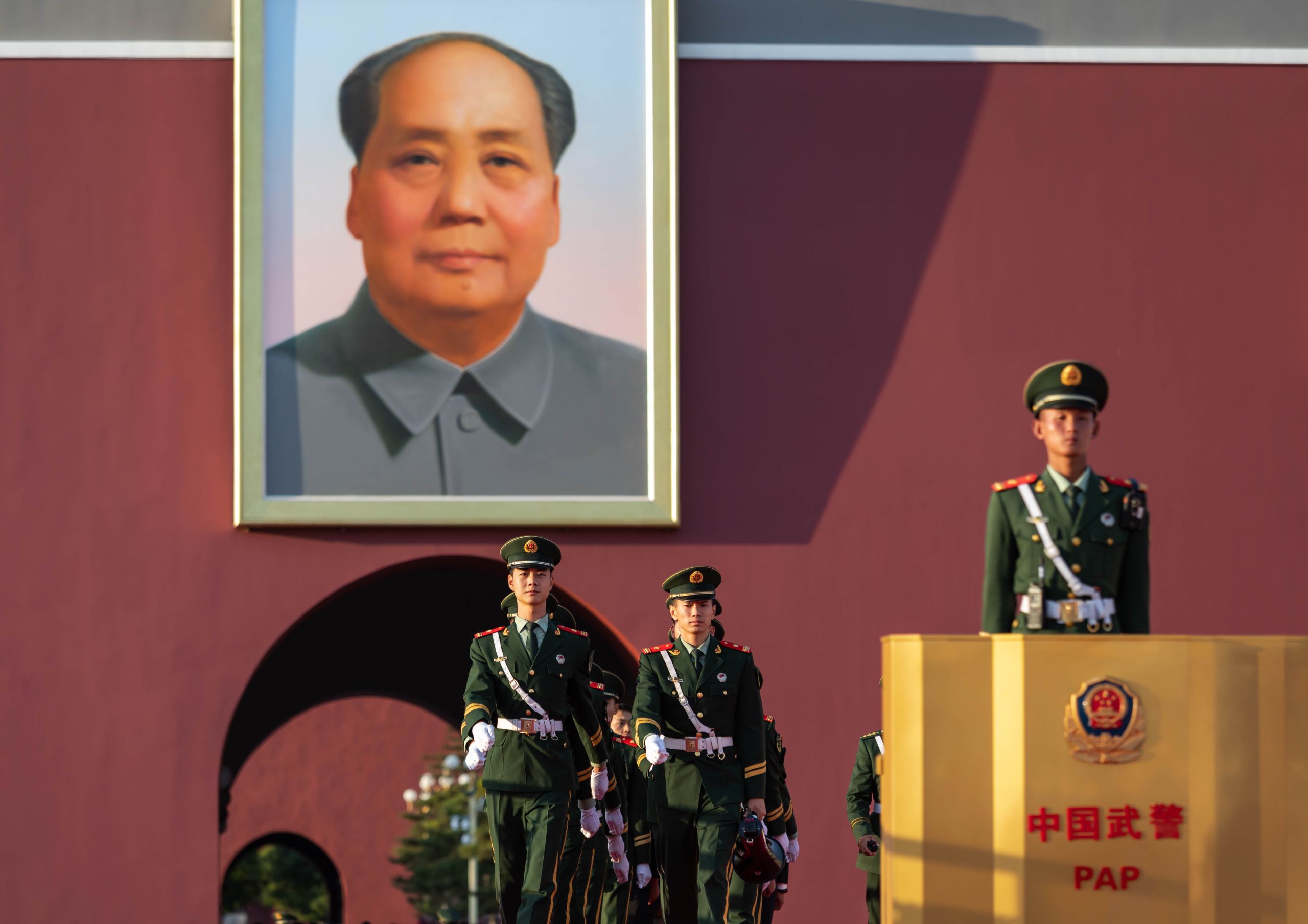
Armed police soldiers walk out of Tiananmen Gate on Oct. 6, 2019 in Beijing, China. (shutterstock.com photo)
Armed police soldiers walk out of Tiananmen Gate on Oct. 6, 2019 in Beijing, China. (shutterstock.com photo)
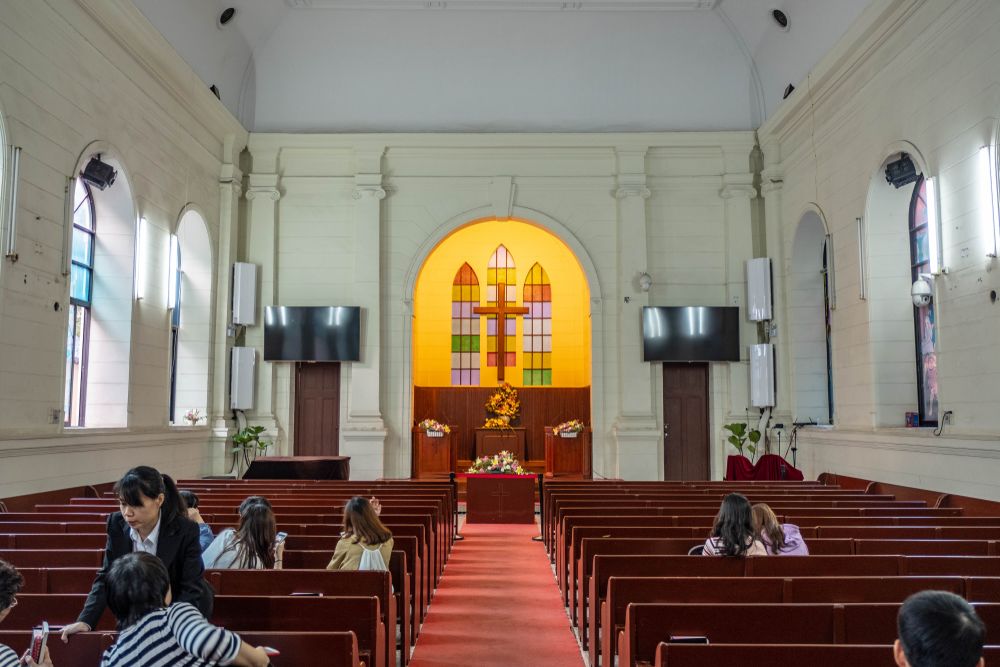
The church interior of Christ Church Shameen in Shamian Island, Guangzhou City sometime in November 2018. (shutterstock.com photo)
The church interior of Christ Church Shameen in Shamian Island, Guangzhou City sometime in November 2018. (shutterstock.com photo)
Five ‘legal’ religions
Before discussing the effect of China’s new regulations on the management of religious groups, it is first helpful to describe how religion in China works.
As deemed by the state, there are only five legal religions, regardless of the greater diversity of religious practice. As the state insists, in order to practice the constitutionally protected freedom of religious belief, one must participate within a legally recognized, officially registered community. All other expressions of religious belief are therefore considered illegal by the state.
Of course, when it comes to the country’s legal system, it’s the party that dictates. There is no separation of power in the PRC; meaning no judicial independence or anything similar to western constitutionalism.
The five legally recognized religions are: Daoism, the only homegrown religion, the Indian import Buddhism, Roman Catholicism and a one-tag-fits all Christianity (which is anything not adhering to the centralism of the Vatican), and Islam which originally came to China via the land and maritime silk trading routes. While there have been Jewish, Russian Orthodox and Hindu communities throughout China over many centuries, and there is much discussion about Li Hongzhi’s philosophy (known as Falun Gong or Falun Dafa, which he first taught in 1992), none are legal in the People’s Republic.
Legal religious practice is also highly controlled. If an individual believer or an institutionalized expression of such a religion operates outside of this regulatory sphere — as for instance with the well-known Pastor Wang Yi, founder of the Early Rain Covenant Church in Chengdu (who featured in Ian Johnson’s book “The Souls of China: the Return of Religion after Mao”) — then they are operating illegally, and the crime will not be the practice of religion but likely ‘subversion of state power’, ‘conducting illegal business’ or ‘disseminating superstition’. This is perhaps the most misunderstand aspect of the manner in which China controls religious expression.
Slogans “Chinese Spirit,” “Chinese Dream,” displayed In Mashan Church. Video credit Bitter Winter.
Slogans “Chinese Spirit,” “Chinese Dream,” displayed In Mashan Church. Video credit Bitter Winter.
Outside the country, the arrest of individuals like Pastor Wang (who received a 9-year jail sentence for subversion) and the closure of unofficial church communities like those throughout Hebei and Zhejiang (which airs as television footage of churches being torn down), are seen as human rights violations. To the Chinese leadership, however, it is a governance issue, and therefore not a religious one.
Thus, the new regulations are instructive. They are not about suppressing religion but are more about how the groups that form religious communities are managed, with a particular emphasis on the role of the Chinese Communist Party and the government in the life of the legal religious community. Thus, it will not be through a guillotine blade that a religious community is controlled but rather via endless forms and regulations that end up delivering a thousand bureaucratic cuts, and thus are deadlier than a single stroke.
Whereas in the early 1950s and into the tumultuous 1960s, the party and the government sought to control religion through its violent eradication (‘control by coercion’), and then moved into a more conciliatory phase in the early decades of economic reform (‘control by co-option’), these new regulations and President Xi Jinping’s ever-tightening grip on power illustrate that now ‘control is by administration’. Pastors and priests must be approved, and churches and mosques must be sanctioned. Communities are regulated, and even sacred sites are now treated as tourist venues to be managed. Thus, the grip on religious practice has just become stronger in China, not by state-sanctioned violence, but rather by regulatory fiat and judicial oversight.
As these new regulations come into effect, expect to see an increase in charges of subversion of state power and increased anxiety among both official and unofficial communities throughout the country.
Candida Jin* is an expert in Chinese religious history and contemporary culture and has worshiped in churches throughout mainland China, as well as throughout Asia. The views and opinions expressed in this article are those of the author and do not necessarily reflect the official editorial position of LiCAS.news.
*Penname used for security reasons.
© Copyright 2020 LiCAS.news
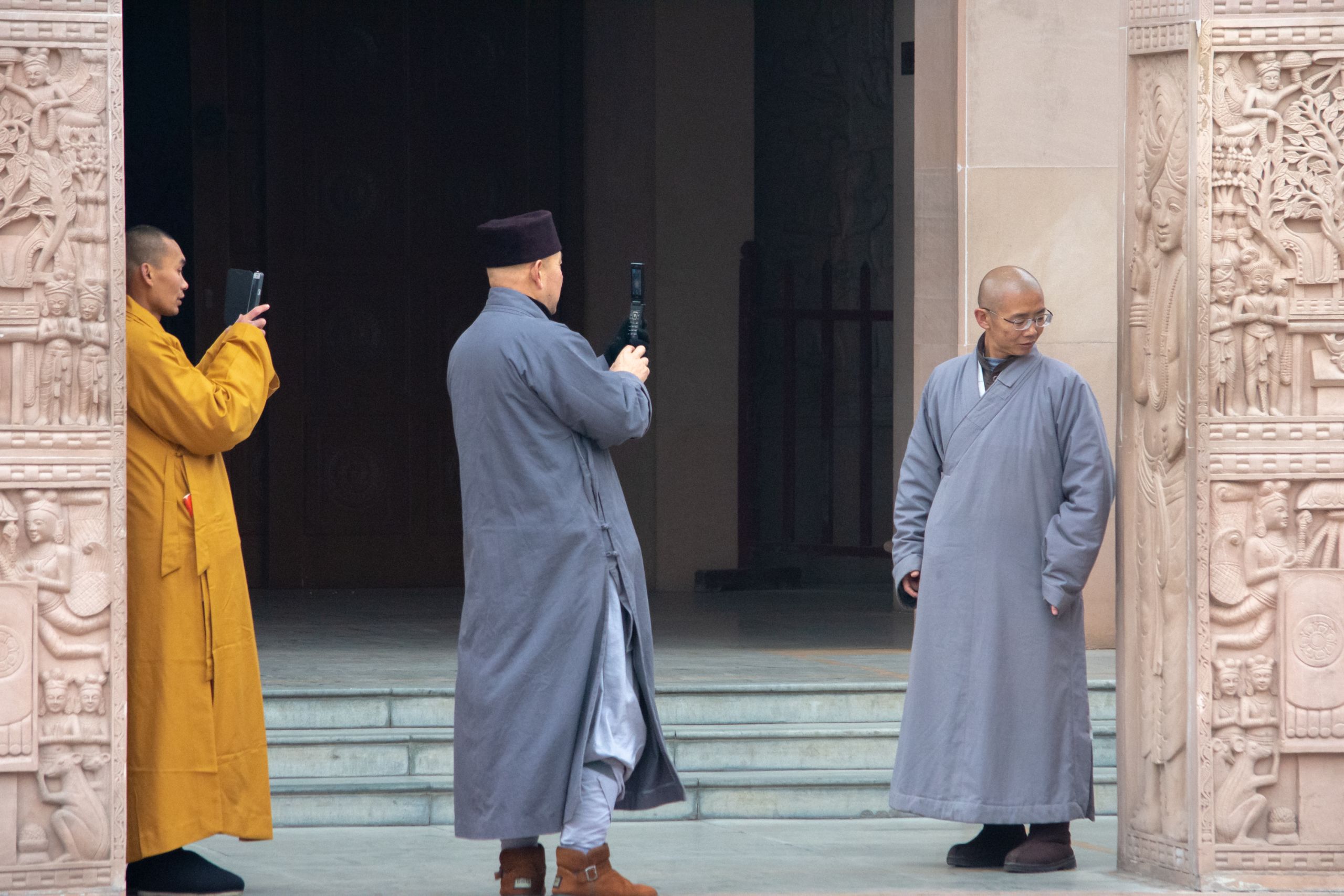
Buddhist monks taking photos at White Horse Temple, Buddhist temple in Luoyang, considered as the cradle of Chinese Buddhism. (shutterstock.com photo)
Buddhist monks taking photos at White Horse Temple, Buddhist temple in Luoyang, considered as the cradle of Chinese Buddhism. (shutterstock.com photo)
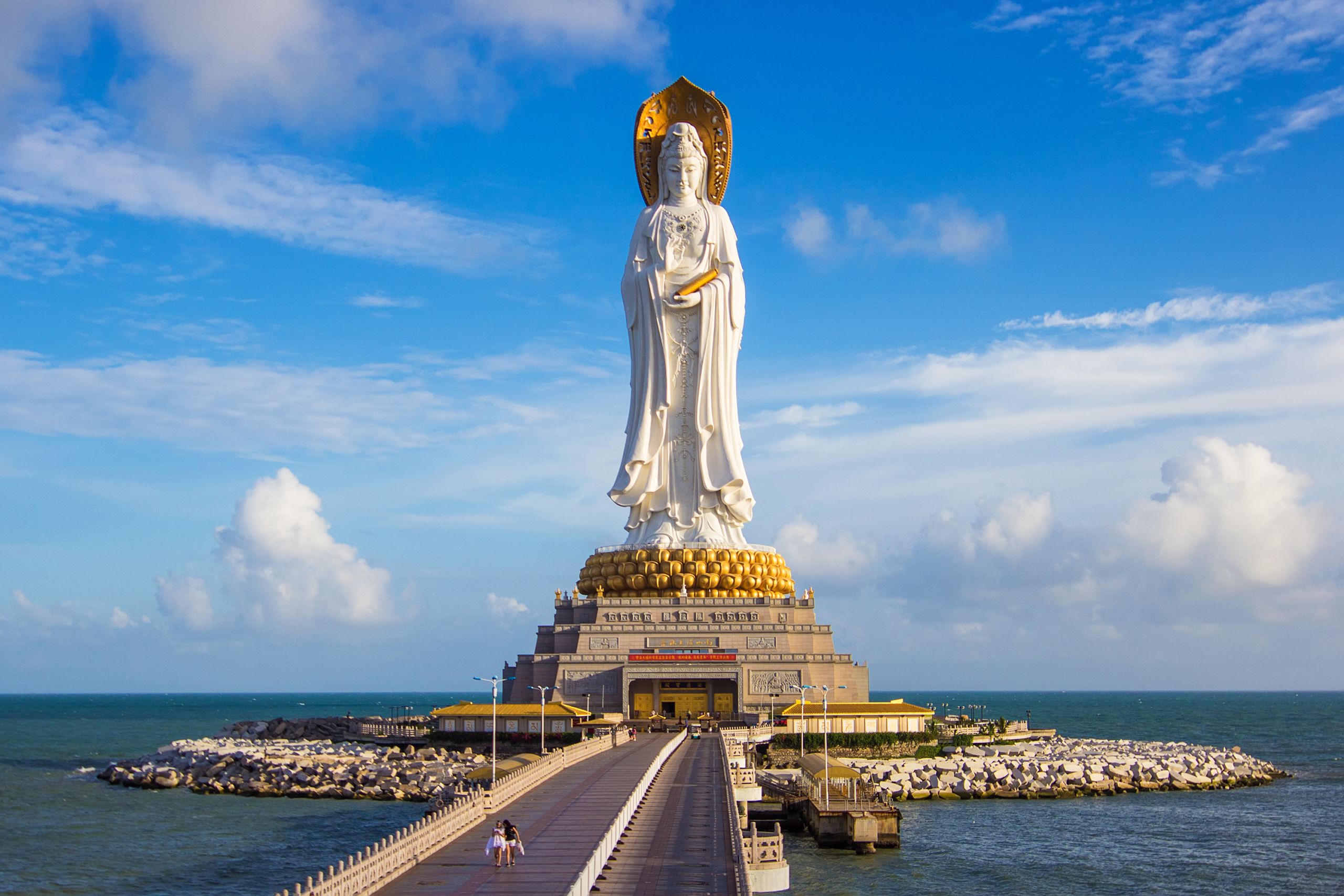
Statue of the bodhisattva Guanyin in Sanya, Hainan Island, China. (shutterstock.com)
Statue of the bodhisattva Guanyin in Sanya, Hainan Island, China. (shutterstock.com)
